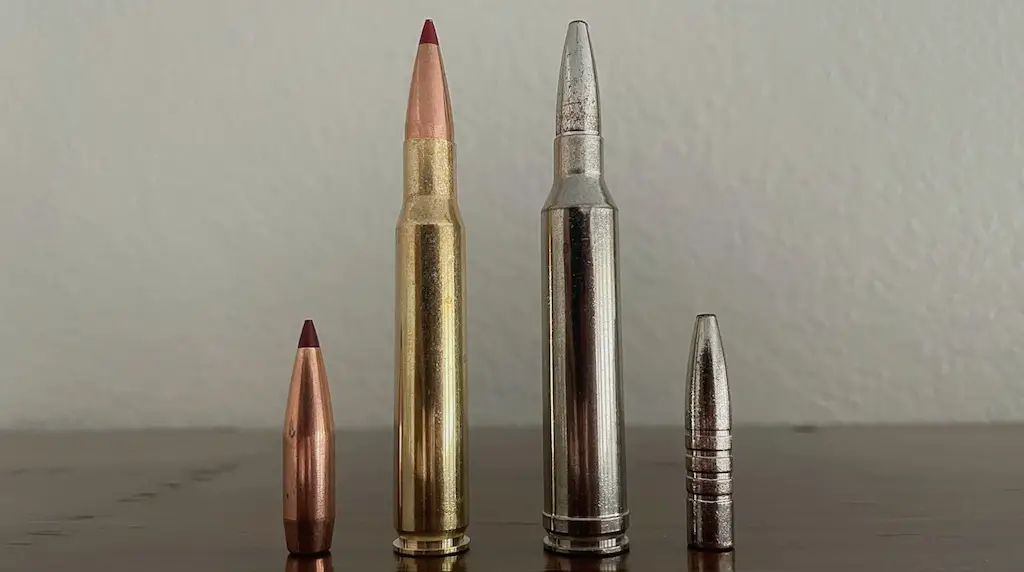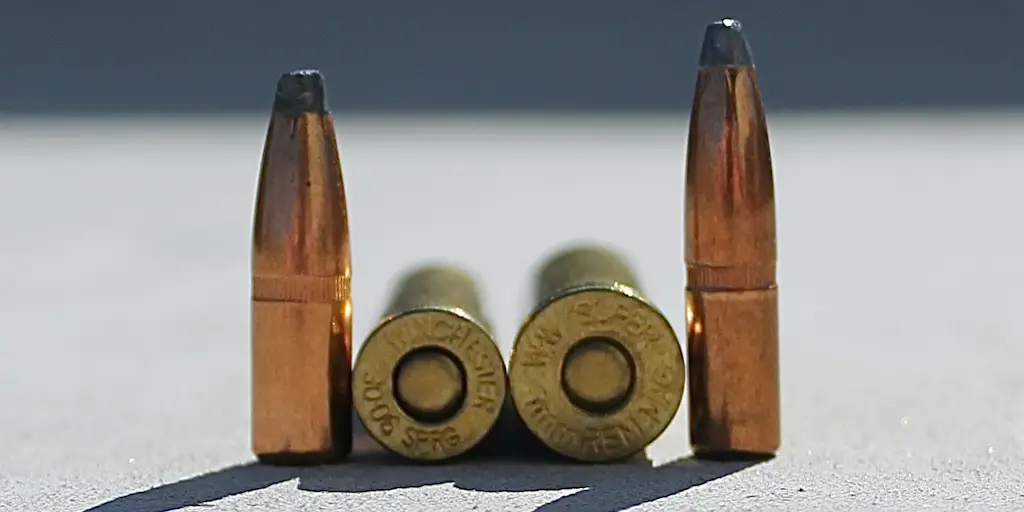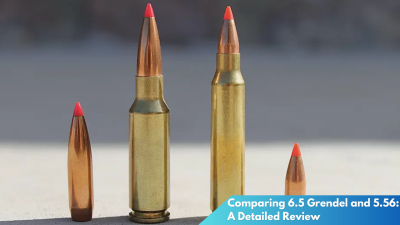In the landscape of rifle cartridges, two names stand out for their enduring popularity among hunters and marksmen: the 7mm Remington Magnum (7mm Rem Mag) and the .30-06 Springfield. Each of these cartridges has its own unique story, attributes, and applications that make it a favorite among different shooting communities. This detailed review compares these two titans of the rifle cartridge world, analyzing their ballistics, performance, cost, and availability to provide a comprehensive understanding of their strengths and weaknesses.
Introduction to 7mm Rem Mag and .30-06 Analysis
The 7mm Remington Magnum was introduced in 1962, becoming an instant favorite for its flat trajectory and impressive downrange energy. Known for its versatility, it quickly gained a reputation as a reliable choice for hunters who desired both long-range accuracy and formidable stopping power. Its design was intended to meet the needs of hunters targeting big game across varied terrains, from dense forests to open plains.
On the other hand, the .30-06 Springfield has a history that dates back to 1906 when it was developed for military use. Known for its robustness and adaptability, the .30-06 has been a staple cartridge for over a century. Its military roots have translated into widespread civilian use, particularly for hunting and sport shooting. The .30-06’s enduring popularity can be attributed to its balance of power, range, and recoil, making it a versatile choice for various shooting scenarios.
When comparing these cartridges, it’s essential to consider their intended uses and historical contexts. The 7mm Rem Mag is often favored for its modern design and specialty in long-range applications, while the .30-06’s legacy is built on its proven track record and adaptability. This analysis explores these aspects in greater detail, emphasizing the distinctive features that set each cartridge apart.
Ballistics and Performance Comparison
In terms of ballistics and performance, the 7mm Rem Mag is renowned for its flat trajectory and high velocity, which contribute to its effectiveness at long ranges. With a typical muzzle velocity of around 3,000 feet per second, it offers impressive accuracy and energy retention, making it ideal for big game hunting at extended distances. Its lighter bullet weights, typically ranging from 140 to 175 grains, allow for reduced wind drift and enhanced precision.
Conversely, the .30-06 Springfield is celebrated for its versatility across various bullet weights, typically between 150 and 220 grains. This flexibility allows shooters to tailor their loads for different game and shooting conditions. While its muzzle velocity is generally lower than that of the 7mm Rem Mag, averaging around 2,700 to 2,900 feet per second, the .30-06 compensates with greater momentum and heavier bullet options that deliver substantial knockdown power at medium to longer ranges.
Both cartridges exhibit unique strengths: the 7mm Rem Mag shines in long-range precision and speed, while the .30-06 excels in versatility and stopping power. The choice between the two often boils down to the specific needs of the shooter, whether prioritizing range and accuracy or seeking a robust, adaptable cartridge capable of handling a wide array of hunting situations.
Cost and Availability Assessment
Examining the cost and availability of the 7mm Rem Mag and .30-06, it’s evident that the .30-06 benefits from its established popularity and historical significance. Ammunition for the .30-06 is widely available in various load configurations, often resulting in more competitive pricing than the 7mm Rem Mag. This aspect makes the .30-06 an attractive option for budget-conscious hunters and shooters who seek a reliable and accessible choice.
In contrast, the 7mm Rem Mag, while widely available, tends to come with a slightly higher price tag due to its specialized nature and the premium placed on its long-range capabilities. This premium may influence the decision-making process for those who prioritize affordability and access over performance characteristics. However, for enthusiasts who value the advantages of a magnum cartridge, the cost might be justified by its superior ballistic performance.
Overall, both cartridges enjoy substantial availability across major retailers and online platforms, ensuring that shooters have access to a wide range of options. While the .30-06 often holds an edge in terms of cost-effectiveness, the 7mm Rem Mag’s appeal lies in its performance benefits, which can justify its higher expense for those seeking specific long-range attributes.
In conclusion, the decision between the 7mm Rem Mag and the .30-06 Springfield hinges on the shooter’s specific needs and preferences. The 7mm Rem Mag offers unparalleled long-range accuracy and flat trajectory, making it a top choice for those targeting game at extended distances. Meanwhile, the .30-06 Springfield’s adaptability, cost-effectiveness, and availability make it a versatile and accessible option for a wide range of shooting applications. Both cartridges have earned their place in the annals of shooting history, and understanding their unique advantages allows hunters and marksmen to make informed choices tailored to their individual requirements.



